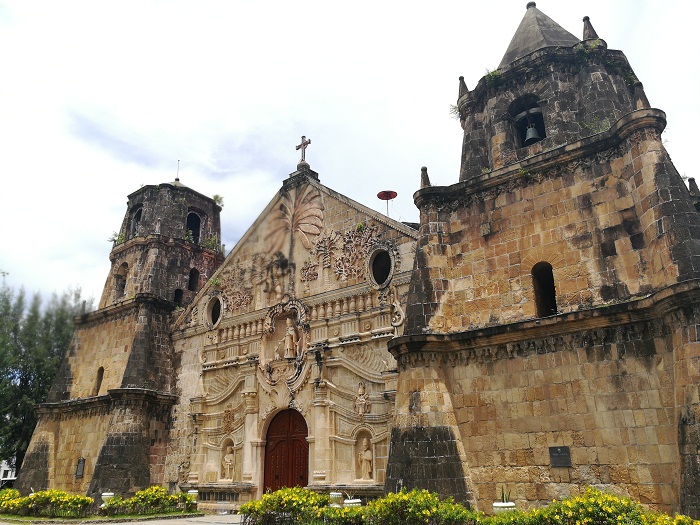
VIBRANT Iloilo has been a cosmopolitan city and multicultural enclave since the turn of the last century, first catapulted into economic dominance after its port was opened to world trade in 1855. Nearly two centuries later, Iloilo City remains an invaluable epicenter of business and commerce, with sprawling signs of modernization, growth and development.
Yet the memory and history of this old-world bygone era has remained fresh in the minds of the Ilonggos, preserved through various efforts by the local government to safeguard the city’s multifaceted legacy, urged on by a nostalgia and wistfulness for Iloilo’s heyday as the Philippines most important port city and trading outpost, second only to Manila.

MESMERIZING MUSEUMS
With a history that straddles centuries, the easiest way to get a grasp on the chronicles of this former “Queen City of the South” is to see it’s tangible artifacts for yourself, showcased by the handful museums in the locale’s city proper.
The Western Visayas Regional Museum and the Museum of Philippine Economic History are both testaments to the success of adaptive reuse, themselves antiquated landmarks in their own right, lent new life as galleries. The former is the Old Iloilo Provincial Jail built in 1911, the latter the Edificio de Elizalde y Cia of the 19th Century – both tracing the lineage of trade in the region.
GENTEEL MANSIONS AND TIMEWORN CHURCHES
With over two dozen identified heritage buildings in downtown Iloilo alone – the most popular of them being the now iconic Eusebio Villanueva Building along Calle Real – the vibrant locale has been touted a gleaming example of a city that puts a premium on cultural conservation in the Visayas region.

Elsewhere outside the city proper, Iloilo’s enduring architectural marvels include both stately ancestral mansions of the locale’s moneyed sugar barons and age-old ornate churches that defy time. Among them the Jaro Cathedral in central Jaro district, with its recognizable belfry – standing formidable since 1874, dedicated to the Our Lady of the Candles, Nuestra Señora de la Candelaria.
In Molo district, facing the famed Sta. Ana Church is the Molo Mansion, formerly the Yusay-Consing Mansion built in the 1920s, restored to its former glory and ready to welcome guests into its halls – on the ground floor a dedicated gift shop and souvenir center, on the second floor an artist-run gallery with rolling exhibitions by young and well-established artists alike.

In Iloilo Province, Miag-ao Church, or the Santo Tomas de Villanueva Parish Church, towers triumphant in Southern Iloilo – the sole Baroque Spanish-era church in the country, outside of Luzon to be listed as a UNESCO World Heritage site.

FESTIVALS IN VIVID COLOR
Wooden beads dancing with tribesmen’s every move, feathers in vivid color standing out against the gathered crowd, prisms of sinamay and hablon fabrics paraded by smiling dancers, and body paint gleaming under the sun. Ilonggo revel in the kaleidoscopic spectacle of the Dinagyang. Celebrated on the 4th Sunday of January every year in honor of the Sto. Niño, the Dinagyang Festival is a longstanding tourism lure of Iloilo City, its streets coming alive with the vivid colors of the Ati Dance competition.
Meanwhile, Iloilo Paraw Regatta Festival continues to be largest sailing celebration in the country and the oldest traditional craft event in Asia. Its festivities kicking off every February, the event highlights the unparalleled seafaring abilities of Ilonggos, as well as the creative resourcefulness of local boatmen.
Iloilo Province’s notable festivals include the Pintados de Pasi Festival of Passi City held every March, Bayluhay Festival of San Joaquin in January and Miagao’s Salakayan Festival in February every year./PN



